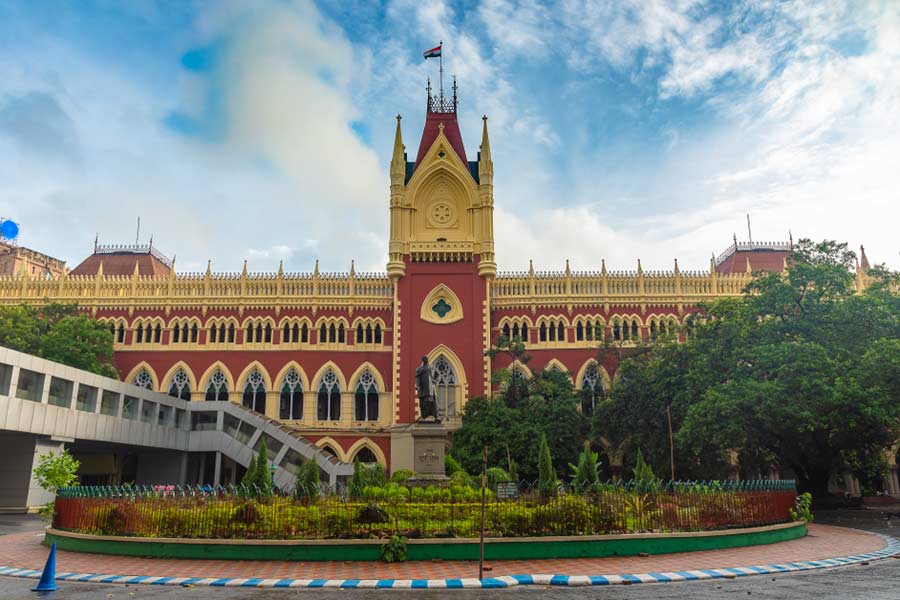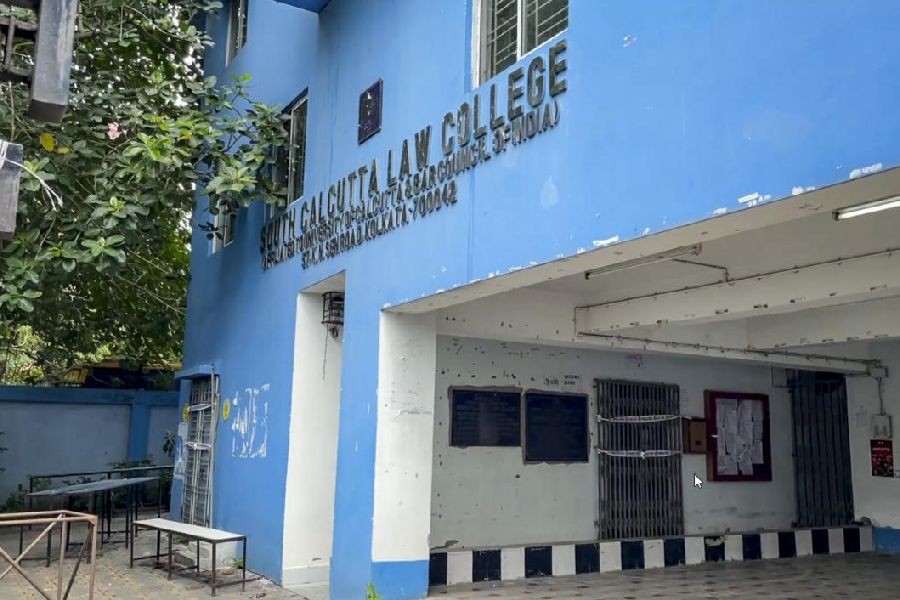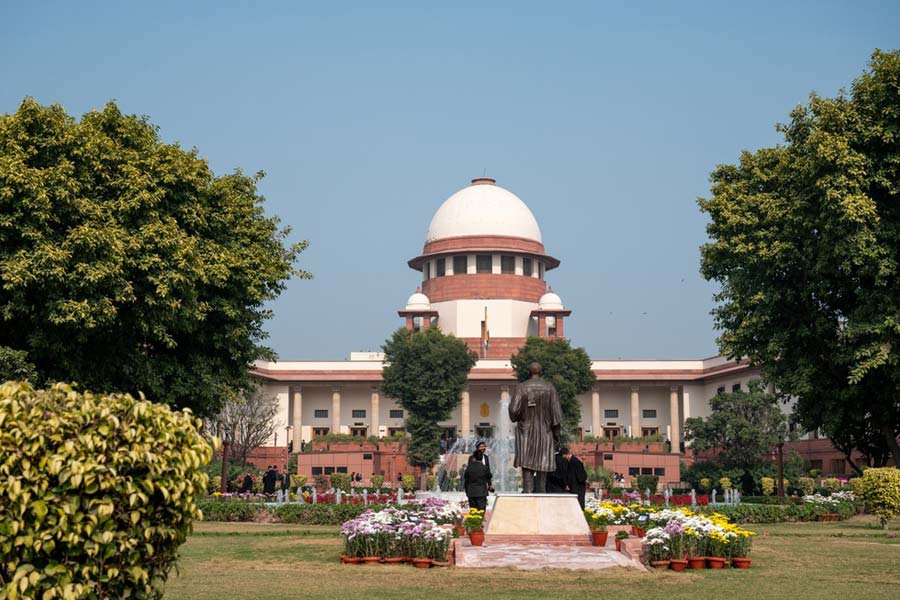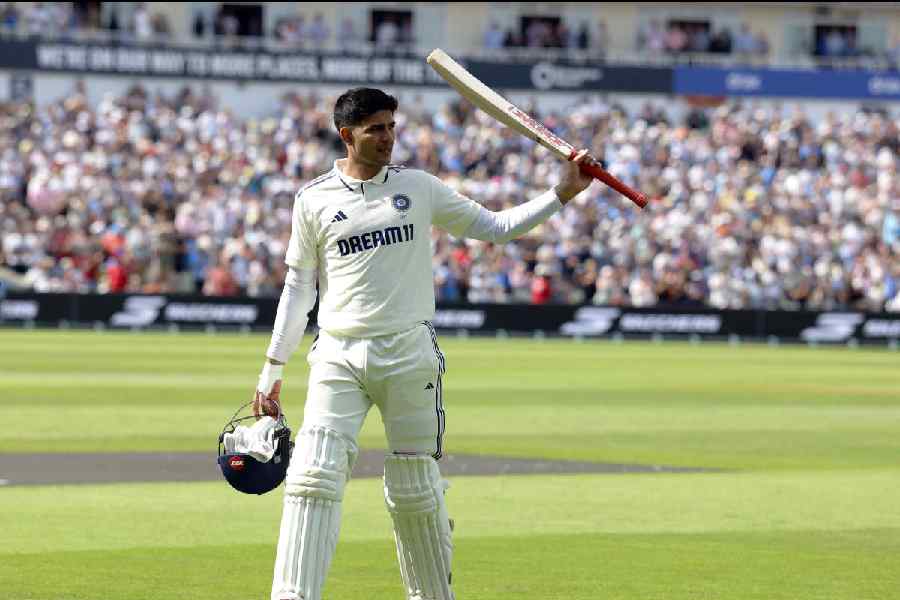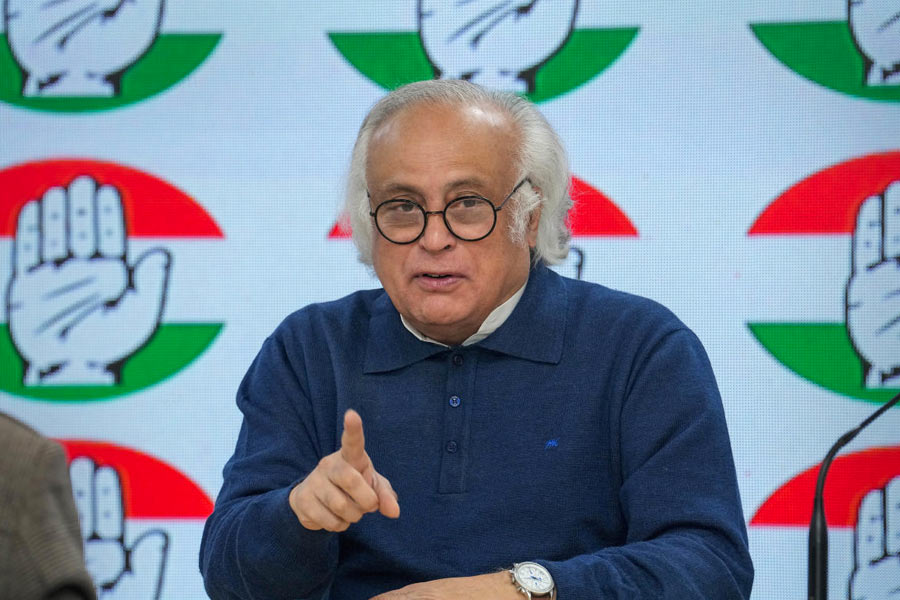Always in the Frame
The Golden Lion might have come as a bit of a surprise to filmmaker Mira Nair, who didn't expect - quite rightly perhaps - 'anything from this film, really'. But it came as more than a bit of a surprise to the rest of the world, given that the 44-year-old Nair is better recognised as a shrewd seller of films and an outspoken woman, than a great filmmaker.
In fact, soon after the award was announced, tongues wagged about the 'India connection at Venice', given that Nair's 'old friend', author Amitav Ghosh was a member of this year's jury.
Of course, over the years, she has made films with an eye to an international jury, choosing her subjects with care, whether it was interracial love in Mississippi Masala or 16th century Indian erotica in Kamasutra - A Tale of Love. The filmmaker, who now lives in New York, defended her choice of subjects rather spiritedly in Venice. 'I like to push the envelope... movies are there to provoke and get under your skin.'
The Monsoon Wedding also pushes the envelope. For, in the middle of all the boisterousness of an affluent Punjabi wedding, dark secrets come tumbling out of the family closet, the darkest one being that of child abuse. 'But the family, rather unusually, accepts it and rallies around the woman,' says Shefali Shetty, who plays the abused woman, Riya, in the film.
Nair who grew up in India and first studied theatre in New Delhi, also teaches film, in New York, where she now lives, and in Cape Town, where she lived for a few years with her Ugandan husband. She picked up the basics of filmmaking in New Delhi. But the success of Salaam Bombay! (based on Bombay's street children) in 1988 was followed by a string of disappointing films, which only helped reinforce the view that at best, Nair was a creative documentary filmmaker with great marketing skills.
And she is quite candid about the marketing aspect. Talking about Kamasutra at a recent meet of NRI entrepreneurs in the US organised by The Indus Entrepreneurs (TiE), she said, 'A lot depends on the marketing. The studio is releasing the film as a kind of high-brow artistic film, rather than a smutty film.' The Monsoon Wedding is already being sold as 'a slice of real urban Punjabi life' rather than a film.
What is creditable about Nair's filmmaking technique though, is her ability to create the sort of bonhomie on her sets that leads to very easy, very friendly filming. 'She has this fascination for rehearsals, which is quite an unusual way to go about making a film - it is more of a theatre thing,' says Shetty.
Shetty described the experience of filming with Nair as 'very different.' The film, which ended up looking very like 'one of those video recordings of a family wedding, was shot within one month in one of those sprawling farmhouses along the Delhi-Haryana highway, with a cast that was largely picked from theatre circles,' she said.
As in her earlier films, Nair had the actors rehearse scenes for The Monsoon Wedding very informally. The mehendi scene, one of the most colourful in the film, was rehearsed during a tea-party. 'The party was at the home of an assistant director. So you had all these authentic sangeetwallis - they are all very beautiful, glamorous women from good families, who traditionally sing at these affluent Punjabi weddings,' says Shetty. She went on to describe how the tea party was transformed into a riotous evening of 'purane Dilli shaadi songs', and lots of food and fun. The rehearsal later found its place in the film.
Nair used the technique earlier, in Kamasutra, when she had her whole cast of characters get together 'like one big family'. Nair says the rehearsals help, both in strengthening the chemistry between actors, and also to get the mood right. She was right about the chemistry, at least on the sets of The Monsoon Wedding.'At times, almost 35 of us were packed into a small room, but amazingly, it didn't feel like a crowd,' admits Shetty. 'And credit for that, and the fact that we completed shooting in just a month, has to go to the director,' she adds.
Filming on tight schedules is part of Nair's business-like approach to filmmaking. She might have been weaned on a diet of Kurosawa, Guru Dutt, Scorcese and Emil Kusturica, but more than her film-making skills, it is her distribution and production talents that have helped her recover money, even from duds like Mississippi Masala and Kamasutra.
At the TiE meet, Nair said that her 'vocation was very much a business'. She described raising funds for Salaam Bombay!, which she eventually managed 'through a lot of scams'. The problem lay in convincing people to invest in a story about the survival of street children with very little glamour or sex appeal.
She was able to get her next film, Mississippi Masala, financed by a Hollywood studio, with the proviso that she would decide the final cut. Her third film, The Perez Family, was 'a real exercise in how people make films on the West Coast, which is, through committee film-making,'' according to Nair. 'The tussle and the politics, which is really the essence of the studio world, led me to put that behind me and go back to my own independence.'' She called Kama Sutra 'an epic on a peanut, since we made a film that looked like $40 million for about $7 million''. It was financed through prior sales to distributors in foreign markets.
She described her distribution system thus: 'I preserve my independence by selling to four or five countries that would match the budget of the movie, then have the rest of the world to exploit, and share the equity of the rest of the world with the partners who have taken the risk of investing in it from inception.'' Monsoon Wedding follows the same system.
Her candour at the TiE meet earned Nair a lot of admirers. It was the same bluntspeak that made her a hit at the Mercury Film and Television School in Cape Town, where Nair worked earlier. 'I like to light fires under bums, so that people show, speak, create their own ideas,' she had said. In Cape Town, Nair had worked to help the nascent South African movie industry, by encouraging more independent, and less Eurocentric, thinking.
Outspoken, glamorous, and with a head for business - who says you need to be a Kurosawa to be a great filmmaker?
 Friday, 04 July 2025
Friday, 04 July 2025




